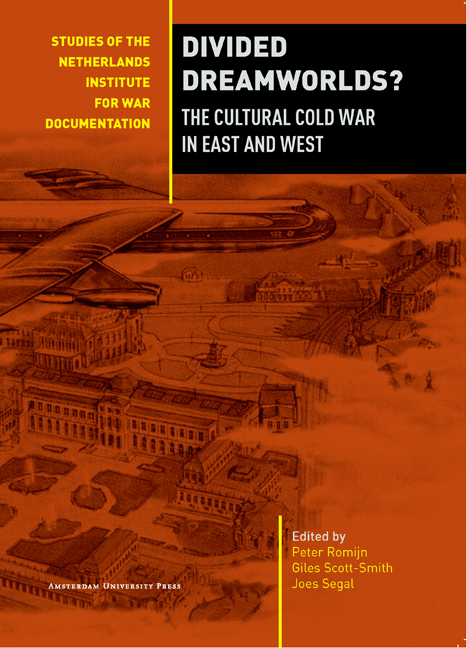Chapter 8 - Cold War Modernism and Post-War German Homes: — An East-West Comparison
Published online by Cambridge University Press: 02 February 2021
Summary
Introduction: Cold War Modernism in the West and the East
The stylistic dichotomy between modernism on the one hand and socialist realism on the other is a standard theme in narratives of the cultural Cold War. This narrative, encompassing the whole range of cultural productions from literature, dance and music to art, design and architecture, is itself not free from Cold War rhetorical elements. To interpret modernist culture as a free and individualist form of artistic expression in opposition to socialist realism as an essentially traditional and even national approach to culture, suggests the clear-cut logic of two opposing political systems being reflected in the propaganda uses of culture in both camps.
In 1983, Serge Guilbaut published his influential study about how Abstract Expressionism came to represent American culture and in turn was used by the state and the CIA to demonstrate two things: firstly, that the United States contributed substantially to Western (formerly European) high culture; secondly, that American Art, in contrast to the Soviet Union, represented above all the freedom of the individual. More recently, this interpretation has been taken up in different historical studies on the cultural Cold War, producing new perspectives on a debate previously focused on art-historical issues. Thus, it has become clear that the political appropriation of modernism reached far beyond the practice of exhibiting paintings. Especially in the field of architecture and industrial design modernist aesthetics acquired strong symbolic and representational significance in the context of Cold War cultural diplomacy. During the 1950s, new American embassies around the world were built by modernist architects, thereby reflecting, as Jane Loeffler puts it, ‘the extent to which architectural modernism became identified with democracy,’ a democracy linked by American architects to characteristics such as ‘newness, openness, abstraction, ambiguity, and technological innovation.’ At the same time, modern design and architecture were also associated with a new spirit of Western international cooperation, since the international origin and pervasiveness of this style lent itself to underline the common Western project of economic and cultural progress, above all in American or international exhibitions.
- Type
- Chapter
- Information
- Divided Dreamworlds?The Cultural Cold War in East and West, pp. 155 - 180Publisher: Amsterdam University PressPrint publication year: 2012

